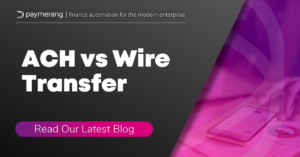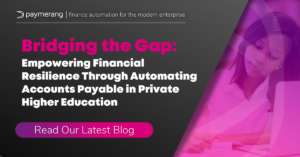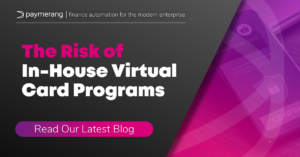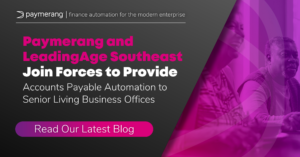Is Your Business at Risk for Check Fraud?
How businesses can protect against fraudulent check scams by using Positive Pay. With all the recent press regarding rising ACH payment fraud, it is easy to forget that check fraud remains a significant threat to businesses.
What is check fraud?
According to the National Check Fraud Center check fraud includes forgery, counterfeiting and altering, paperhanging and check kiting.
For a business, forgery typically takes place when an employee issues a check without proper authorization. Criminals will also steal a check, endorse it and present for payment at a retail location or at the bank teller window, probably using bogus personal identification. Counterfeiting can either mean wholly fabricating a check or simply duplicating a check with advanced color photocopiers. Alteration primarily refers to using chemicals and solvents such as acetone, brake fluid and bleach to remove or modify handwriting and information on the check.
When those fraudulent checks are cashed, funds are pulled directly out of your bank account—causing hours of frustration as you work to recover the funds.
According to a recent Pymnts article, check fraud, or the attempt to perpetrate it, has gone up from $8.5 billion in 2016 to $15.1 billion in 2018. Also, it makes up 60 percent of all attempted fraud against U.S. bank deposit accounts, according to a survey released by the American Bankers Association.
How can I protect my business from check fraud?
Luckily, stopping business check fraud is simple and easy, if you enable Positive Pay on your account.
Positive Pay is akin to giving your bank a copy of your check register so that the bank knows what checks you have written on your account. When checks arrive at the bank to clear, the bank compares the incoming check against your check register. You can have the bank compare several fields including the check number, the amount on the check, and the payee. If the bank identifies a discrepancy, they will alert you for a manual review, which is easily completed in a few minutes by your accounting team.
Optical character recognition (OCR) technology isn’t perfect, so banks will occasionally report false positives when one of the fields are mis-read. However, that small inconvenience will be quickly offset when the application stops its first fraudulent check.
Recently, Paymerang has seen a rise in the number of fraudulent checks being presented on checking accounts. Each of those attempts have been thwarted by the Positive Pay gatekeeper on our account. An analysis of the rejected checks shows that the fraudsters are quite sophisticated and clearly using a photoshop type technology to replicate our actual checks. Without the automated review, it is quite possible one of the counterfeit checks would go un-noticed and approved for payment.
In addition to other payment methods, Paymerang makes thousands of payments by check each week. We are firm believers in the benefits of leveraging technology to provide layered protection for our clients. If your organization is paying vendors by check and operating without a safety net, we would encourage you to either talk to your banker or seek out assistance from a company specializing in an e-payables solution. Not only can they help you protect against check fraud, but they can also help move your payments to faster, safer, digital payment methods.




